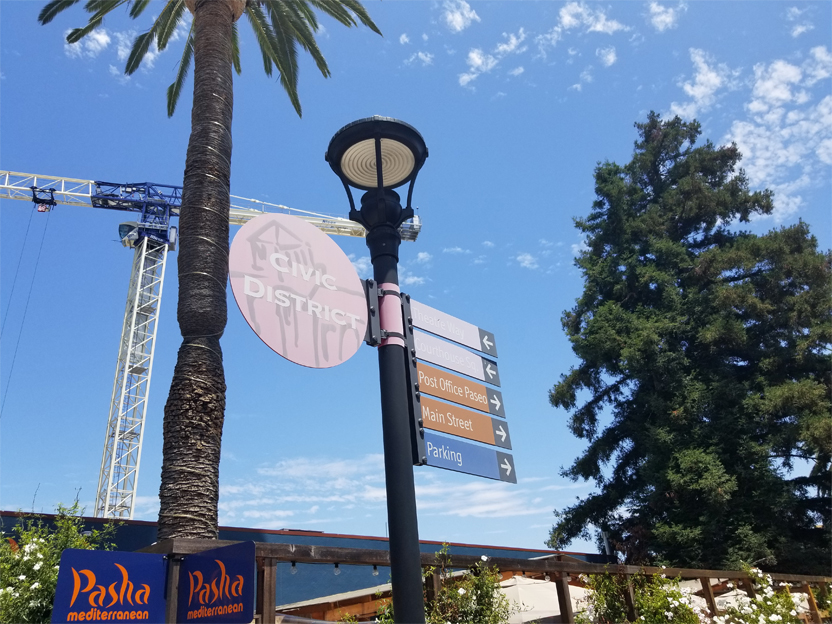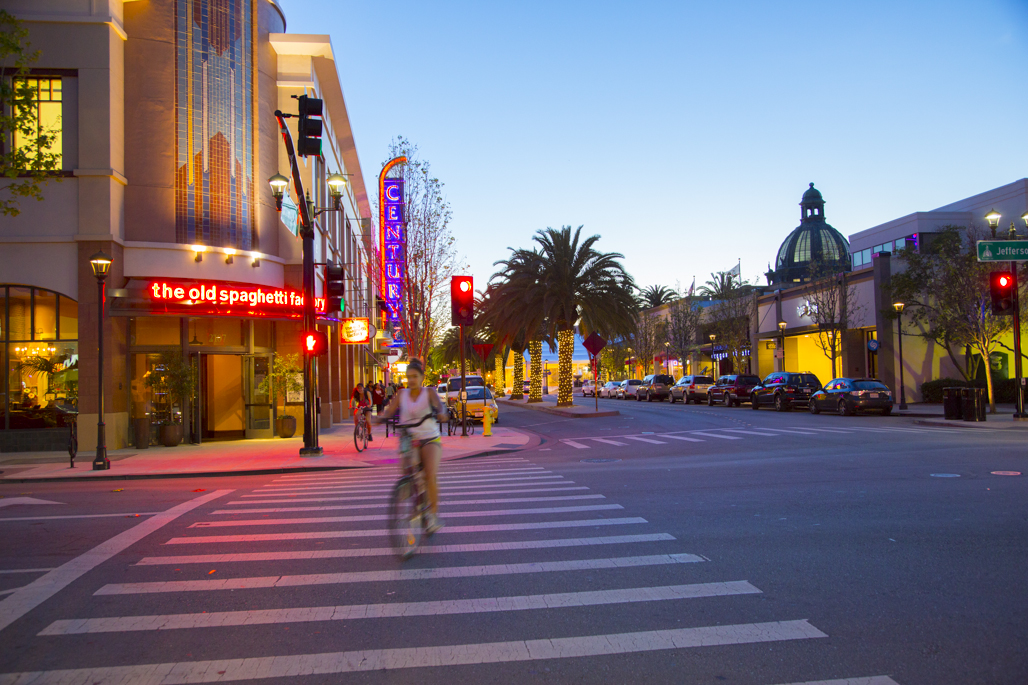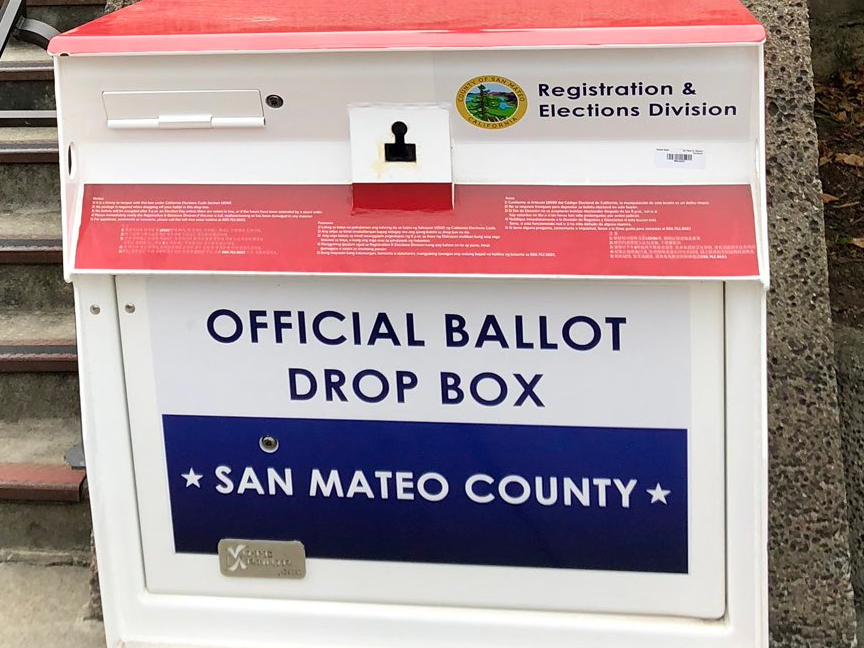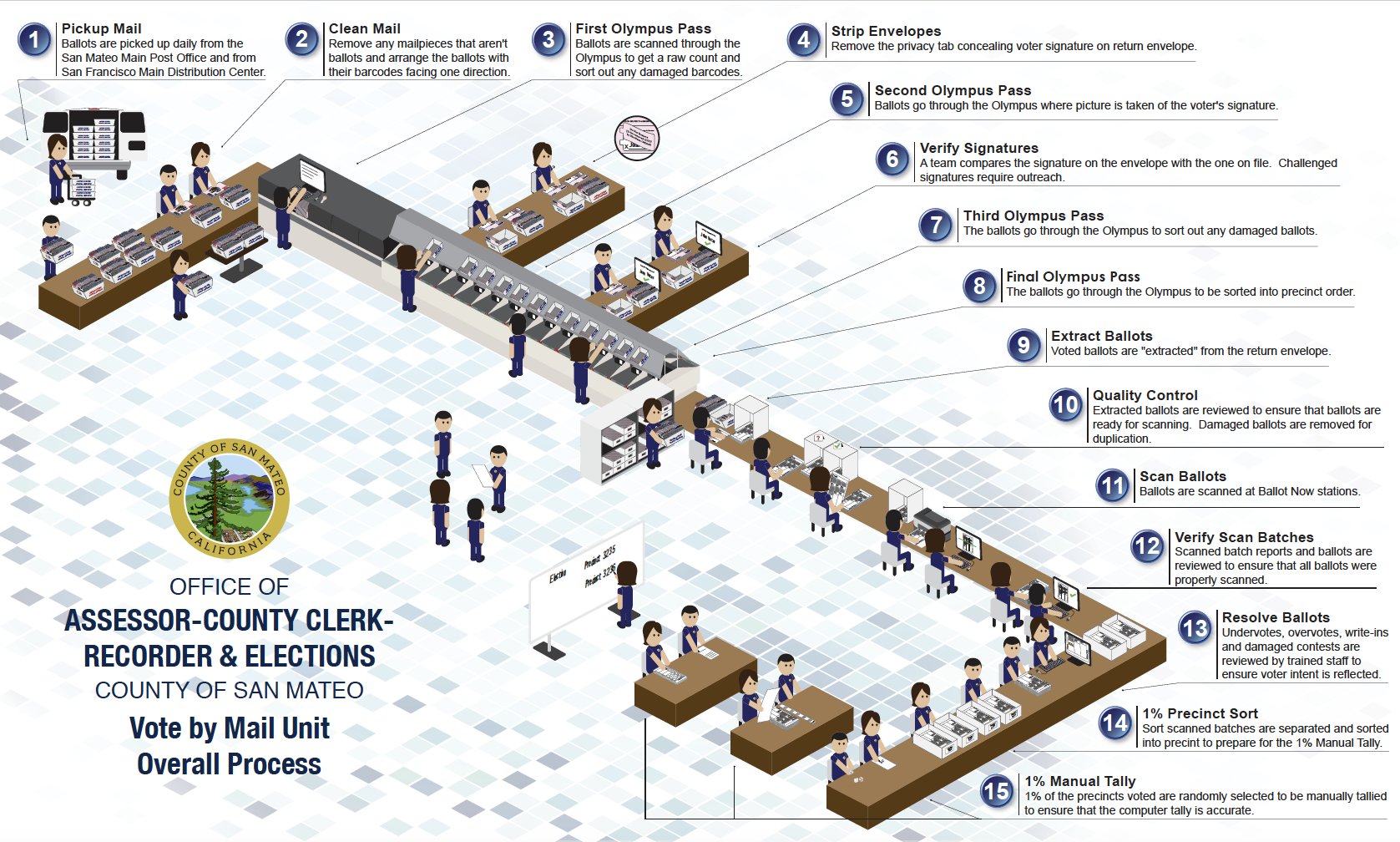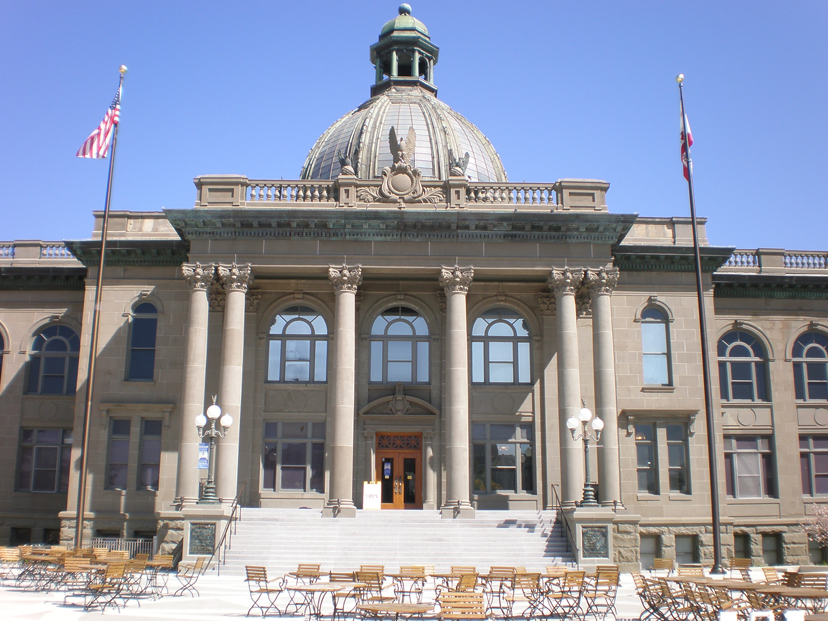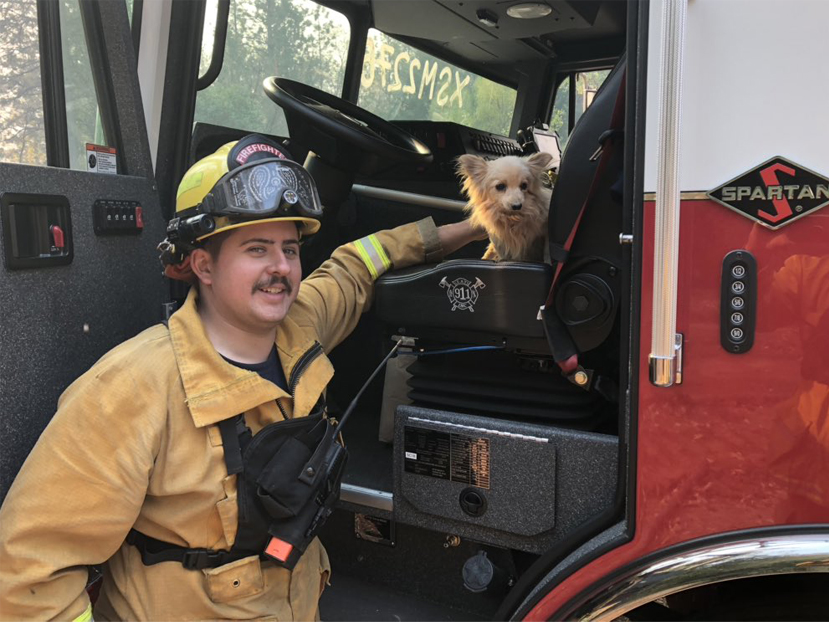Plans take shape for closing Redwood City School District’s budget shortfall
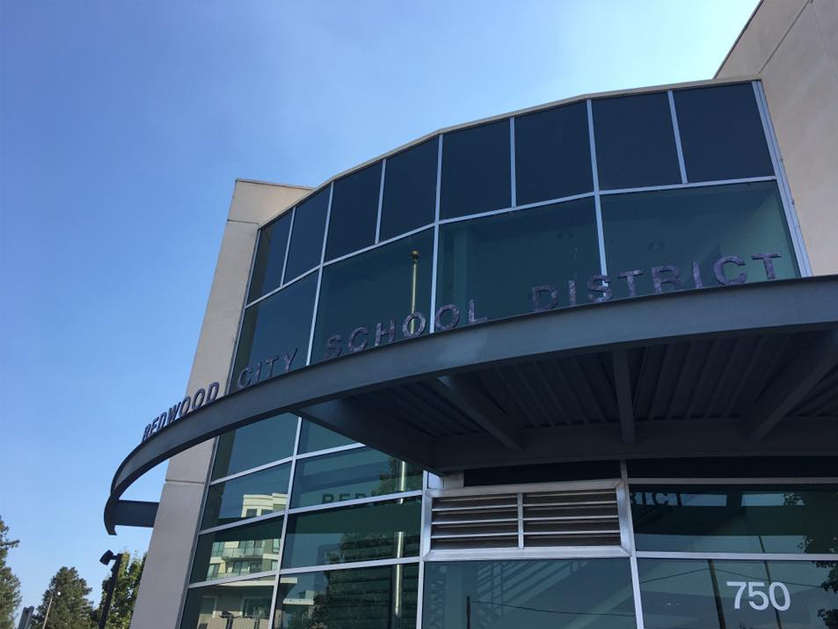
Most of the Redwood City School District superintendent’s recommendations for addressing a budget crisis seems on track for approval following an emotional board meeting Wednesday that extended past midnight.
But bowing to impassioned complaints that Latino families west of El Camino Real were bearing the brunt of the school closures and other cuts, board members asked Supt. John Baker to find a way to consolidate Fair Oaks with Taft School rather than closing them both as originally proposed. It wasn’t clear which might be the location. The latter school on 10th Avenue is slated for two years of construction but it appears that it possibly could remain open and accept additional students.
The board is scheduled to vote on the package at a Nov. 28 meeting. Among Baker’s proposals that appear headed for approval are the closure of Hawes School, and the move of Orion students to John Gill and Adelante students to Selby Lane. Board members said they’d like one proposal – the closure of the district office so it can be rented out – to happen as soon as possible. They indicated, however, that neither that space nor other schools would be sold.
School closings would save $3.6 million of the $4 million in cuts that the district must make next year to begin dealing with a $10 million budget shortfall. The shortfall was caused by declining enrollment and a disadvantageous state funding formula that is tied to head count. In addition to the school closings, layoffs will be required, mostly as a result of having fewer schools to operate. For complete details on Baker’s recommendations, go to www.rcsdk8.net.
Held at the Fox Theatre to accommodate anticipated crowds, the meeting was the first opportunity for board members to comment on Baker’s proposal since it was posted on the district website Nov. 9. However, public comment ran on until 11 p.m., and by the time board members had their say, the majority of the audience had gone home.
The message that came through loudly and clearly was that parents who work two or more jobs and are least able to drive across town would bear an unfair burden. What for many district parents would be an inconvenience, they said, would be a hardship for low-income families.
“I am upset by the fact that only the schools on the east side of our community are affected,” said parent and teacher Gloria Comfort. “It doesn’t seem equitable to have one population that takes the hit.”
Parents, children, teachers and staff began lining up outside the theater more than an hour before the meeting’s 7 p.m. start time. Carrying signs in support of Hawes and other schools they wanted to keep open, the crowd filled most of the orchestra-level seating and punctuated speaker comments with applause and shouts.
One Hawes parent demanded to know how many times board members had walked their children to school pushing a stroller and said most parents in the neighborhood don’t have two or more cars and have to walk. She said families are being recruited to switch to charter schools which offer free transportation.
During the board discussion later in the evening, Baker indicated that transportation “is being looked at” for students who are displaced after a school closes. Trustee Hilary Paulson also said some of the Hawes families may live closer to John Gill than Roosevelt, where they are proposed to move, and that should be examined in the redrawing of attendance areas.
Several in the audience blamed the school board and the administration for the problems.
“The problem, the mistakes, are not ours, they’re yours,” said one father.
Trustee Janet Lawson defended the quality of Redwood City schools and said “what is broken is the school funding at the state level.”
Trustee Dennis McBride lamented the need for the cuts. In his entire career in business and on the school board, “This is the worst thing I’ve ever done. I know everybody up here feels terrible,” he said. “The fundamental issue is that we have to save $4 million.”
McBride said he’d received some 1,000 emails about the budget crisis, and had been urged to lobby state legislators for a more advantageous funding formula, as well as to seek corporate and foundation support. The school board isn’t in the position to change the way the state allocates funding, he indicated, and those emails would be better directed to legislators in Sacramento who need to hear from parents firsthand.
The only way forward at this point is to close schools, he said. “There’s nobody up here who doesn’t get that that this is impacting people.”
Baker, who began his career with the district as a kindergarten teacher, told the audience that he never anticipated dealing with such a situation. “This has been the hardest job this year that I’ve ever had to undertake,” he said.
Trustee Alisa MacAvoy said, hard as they may be, changes are unavoidable.
“We’ve kicked the can down the road the last few years,” she said. “We’re running too many small schools.”
That said, she added, “my experience with students is that they transition a lot better than adults do.”
Kathleen Harris, who is executive director of the Redwood City Education Foundation, put in an appeal for “our community to unite with the foundation to raise money for our schools.”

